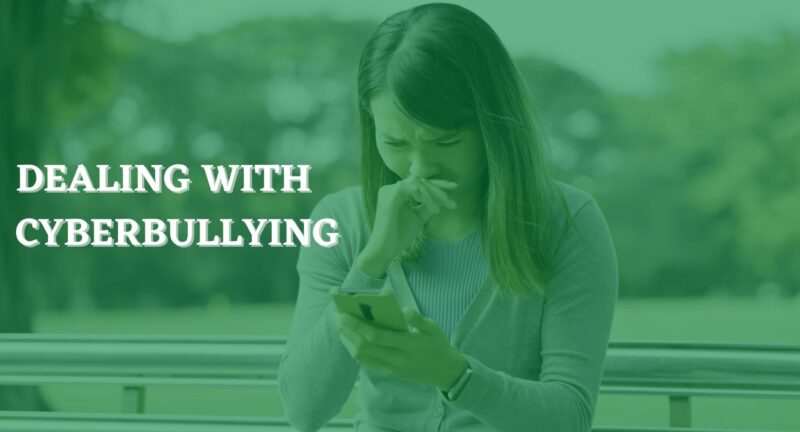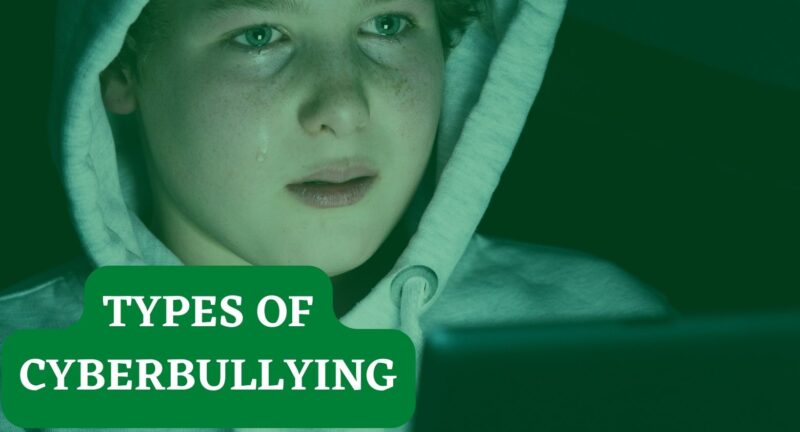
Technology can be a boon or a bane. Setting up limitations and restrictions on the use of these technologies shall be effectively implemented to ensure the safety of users from cyberattacks. Nowadays, technology is susceptible to harassing, demeaning, or harming others, and these negative acts are known as cyberbullying. It is a form of bullying that takes place online, through social media, text messages, instant messaging, and other digital platforms. Cyberbullying can have severe and long-lasting effects on the mental and emotional health of victims, and it is becoming a growing problem among young people and adults. In addition, proper intervention from parents and educators on the use of technology plays a crucial role in regulating or preventing cyberbullying. Further, it is essential to comprehend the different types of cyberbullying, how it can affect people, and ways to prevent and respond to it. To better understand this digital problem, this written article will provide clear details regarding the various types of cyberbullying and their effects. Cyberbullying has different types, which include:
- Harassment: This involves repeatedly sending offensive or mean messages to the victim.
- Flaming: This is fighting or arguing online between two or more people.
- Denigration: This is the spreading of rumors or false information about the victim through the internet or mobile phones.
- Impersonation: This is pretending to be someone else online to trick or harm the victim.
- Outing and trolling: This is sharing personal information or private photos of the victim without their consent.
- Cyberstalking: This is online harassment that happens repeatedly and makes the victim feel scared or upset.
- Happy Slapping: This is filming or taking a photo of a bullying incident with a mobile phone and sharing it online.
- Sexting: This happens when someone sends or shares sexually explicit photos or videos of someone else.
- Doxxing: This is the act of publishing someone’s personal information, such as an address, phone number, or other private details, online without someone’s permission.
- Social exclusion is the act of leaving someone out of a group or event, online or in real life.
- Cybermobbing: This is group cyberbullying where multiple people bully or harass the victim.
- Online Extortion: This is the use of threats to force someone to do something, such as sending money or images, or not doing something, such as reporting a crime.
- Gaming Trolling: This is a type of bullying that happens in online gaming communities, like when someone says mean things or gets kicked out of games.
- Deepfake: This is using AI technology to create, and share manipulated images or videos of someone without their consent.
In conclusion, cyberbullying turns out to be a serious and growing problem that can take many forms. It is necessary to recognize the different forms of cyberbullying to better understand, get a clear picture of the situation, and address the triggering problem. By implementing preventive measures, raising awareness about cyberbullying, and providing support for victims, we can all work together to reduce and eventually eradicate this problem.
Related Posts
Dealing with Cyberbullying
Cyberbullying is a serious problem that affects many young people today. It is...
Types of Cyberbullying
Technology can be a boon or a bane. Setting up limitations and restrictions on...


